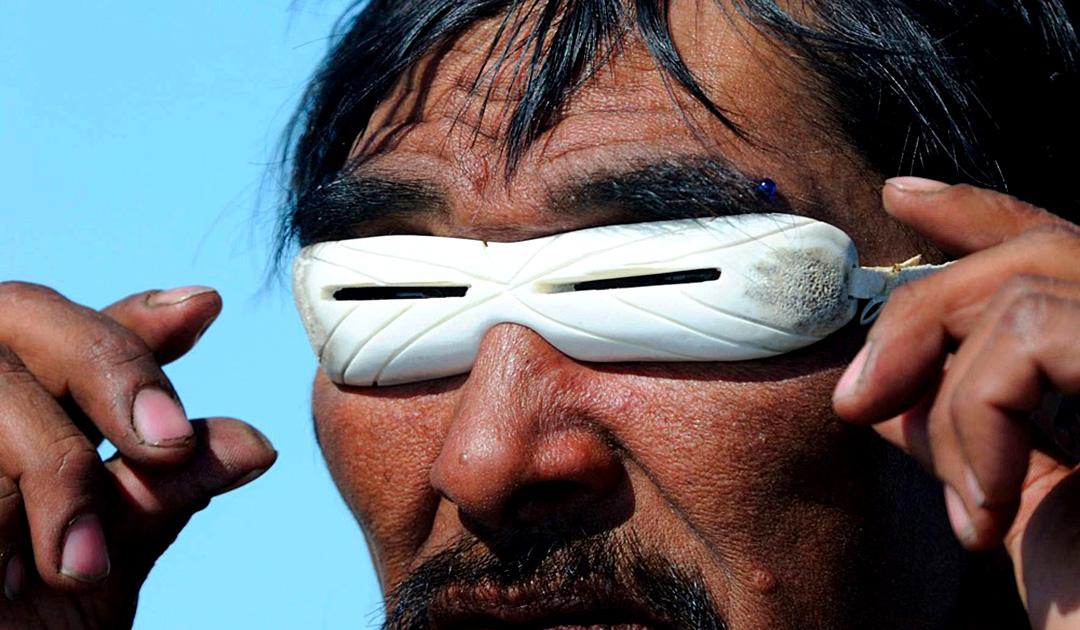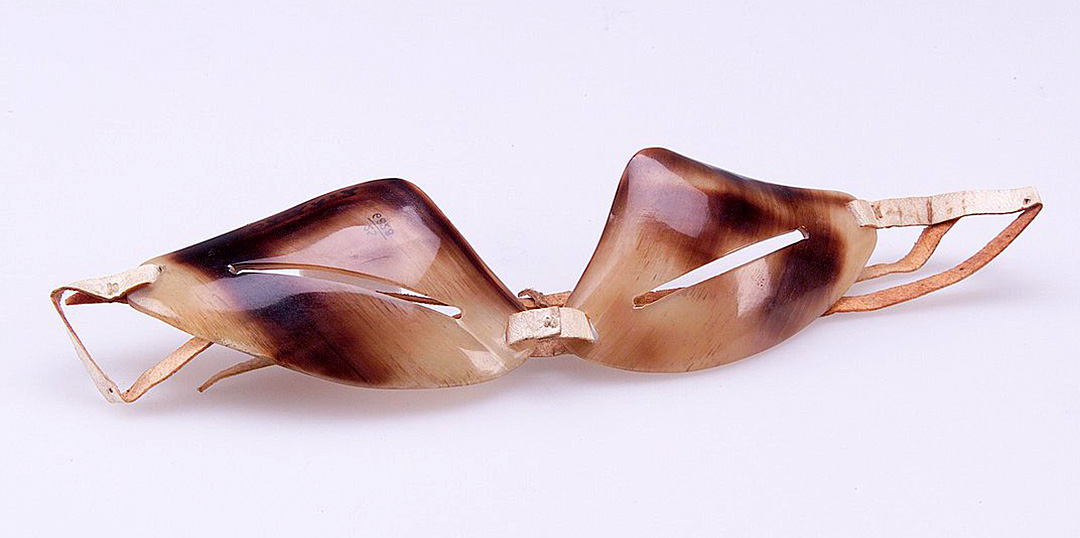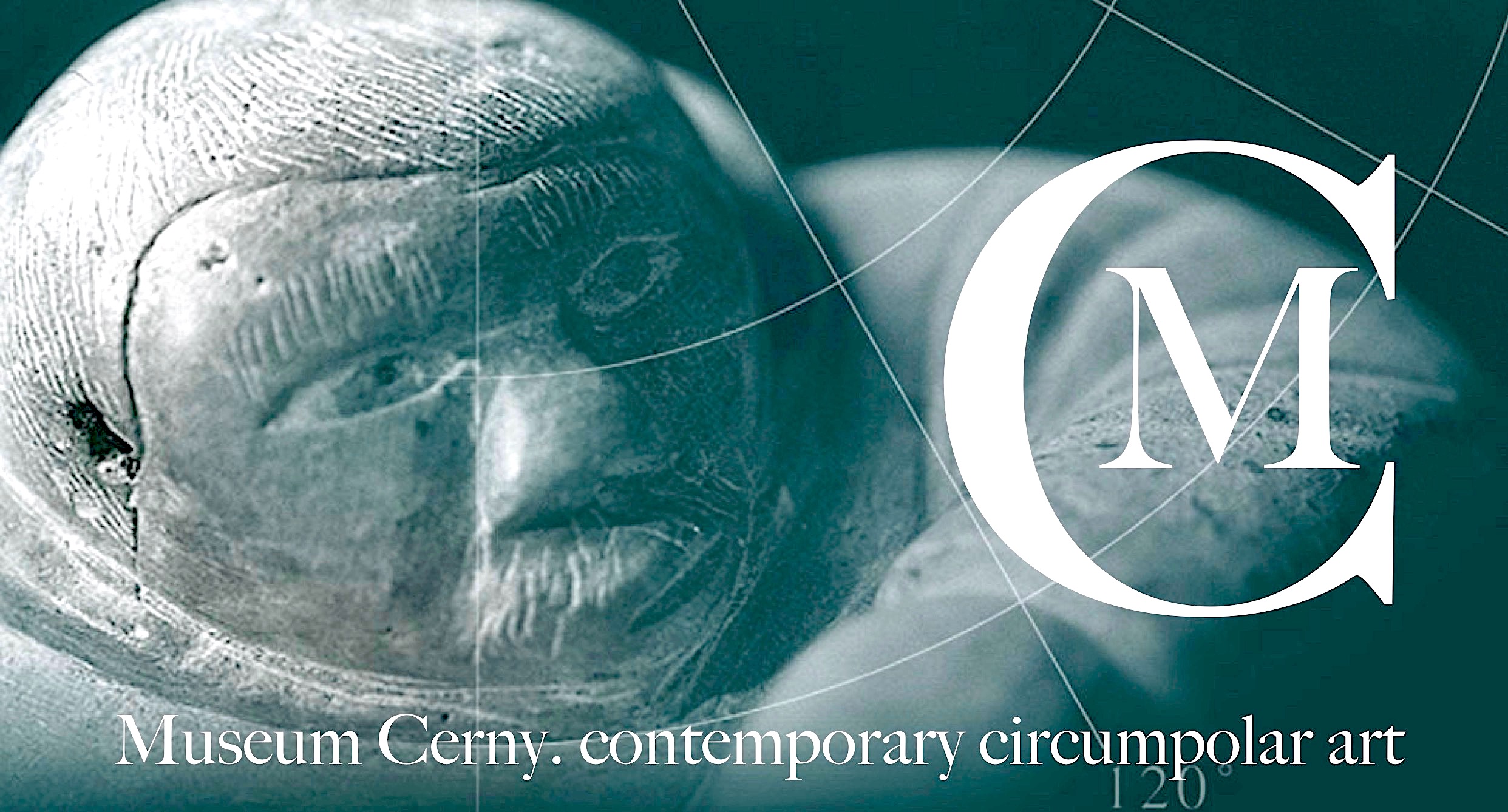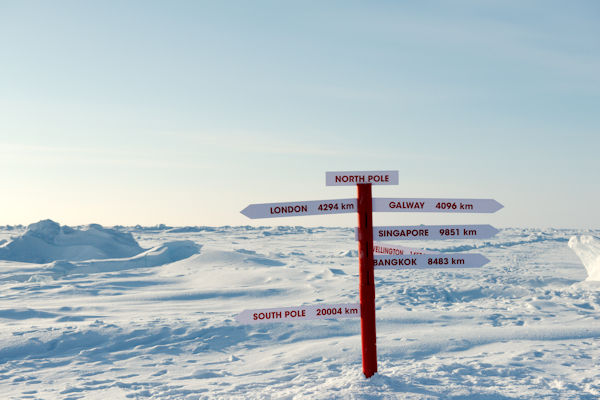
Snow goggles are a widely used item in winter sports and protect the eyes from the damage caused by snow blindness. When the sun is reflected by the snow, the human eye is strongly dazzled at high altitudes. Extreme mountaineers who travel to even higher altitudes also wear similar goggles to prevent snow blindness. In the meantime, snow goggles are available with various tinted lenses.
Goggles, which are almost a fashion accessory for nowadays winter sports enthusiasts, have been a useful aid against snow blindness and frequent storms for thousands of years among the indigenous peoples of the Arctic, who live with ice and snow.

When Arctic residents spend hours in the bright sun in spring or summer, they risk snow blindness, a sunburn on your cornea from reflected ultraviolet light. Indigenous peoples throughout the Arctic region have had a technological solution to making snow goggles for thousands of years.
The Inuit took a piece of antler or bone and cut a long slit into it, wide enough to give its wearer the ability to see, but narrow enough to block most harmful and harsh ultraviolet rays. In order for the glasses to work reliably, they had to let through only the light that came through that slit.

The narrow slits of the glasses also support the visual acuity of those who wear glasses. It turns out that the slit focuses the light, making distant objects appear sharper. And the snow goggles of the Inuit offer another advantage – they do not fog up!
The Inuit goggles do not only have advantages: The angle of vision is very limited and so there is a risk of tripping, because the wearer can not see depressions in the ground.
In the meantime, museums, some eyeglass shops and mail order companies have various models of Inuit glasses in their assortment, which can be found on relevant websites.

Heiner Kubny, PolarJournal
More on the subject:





